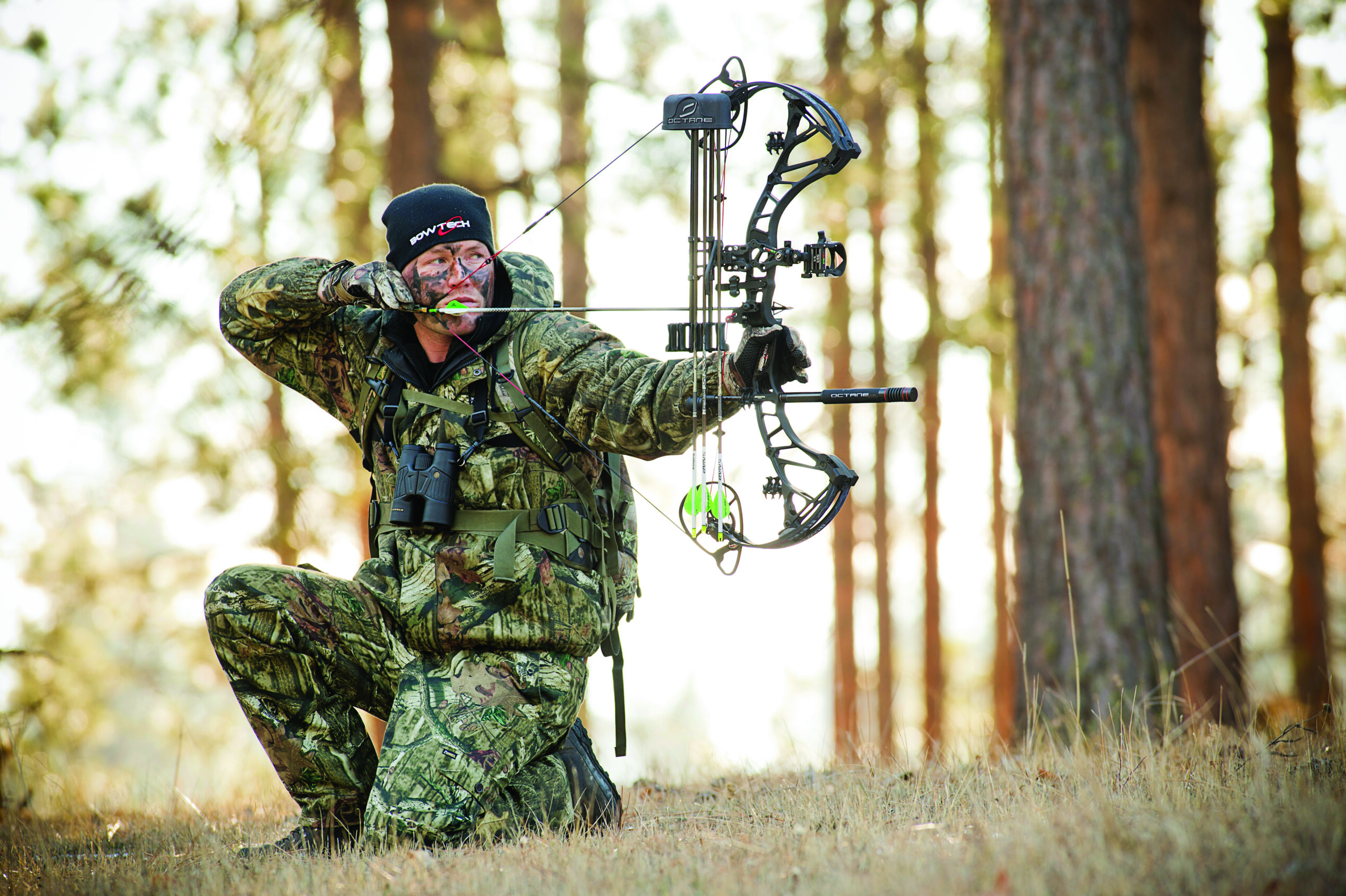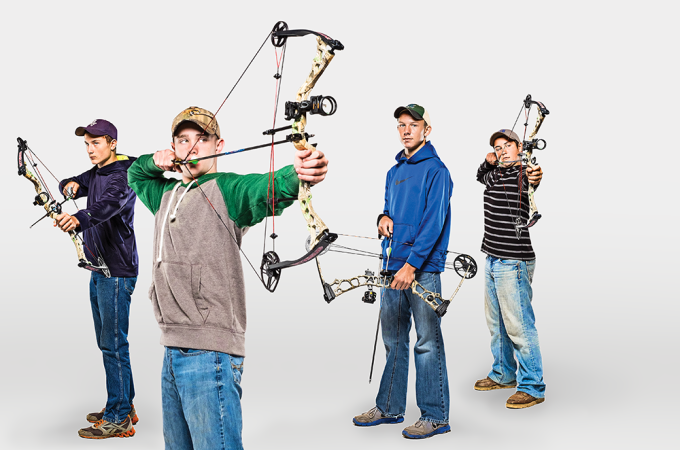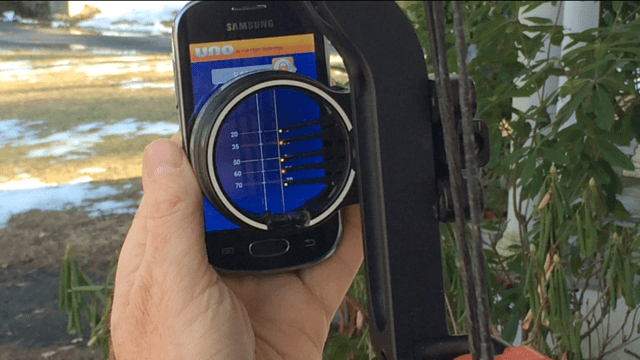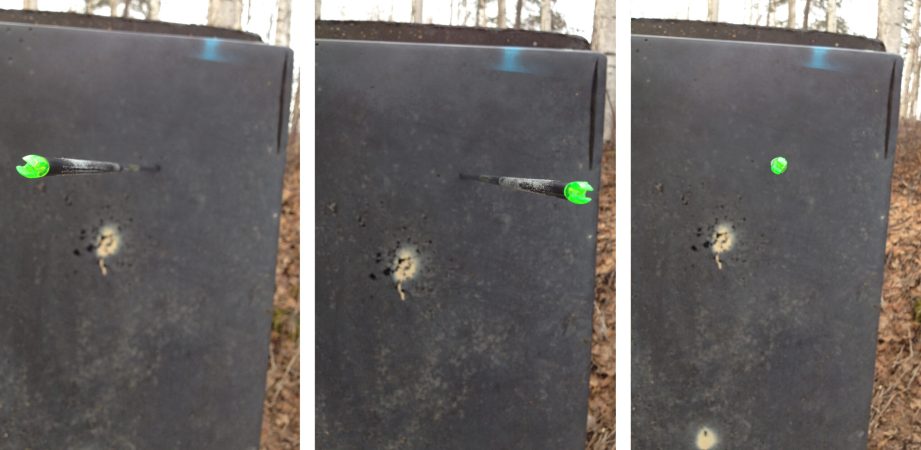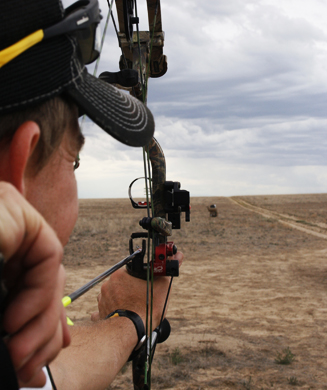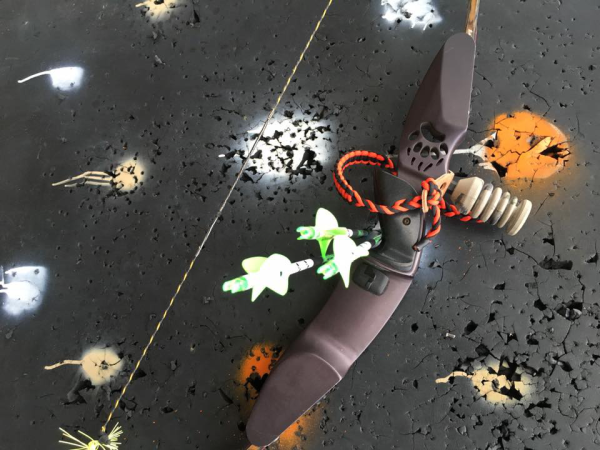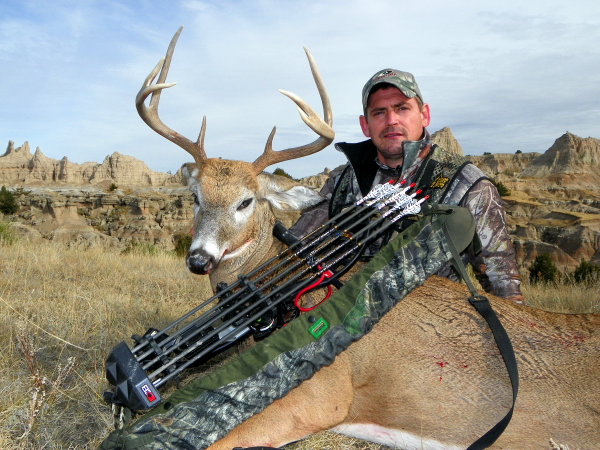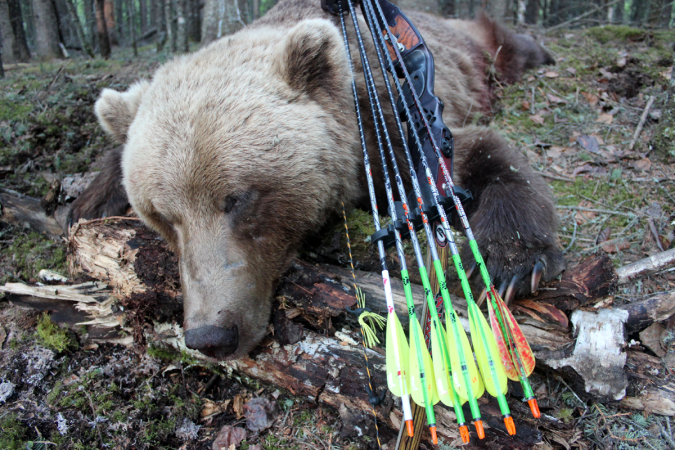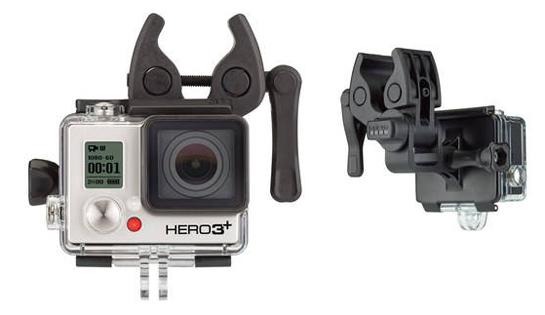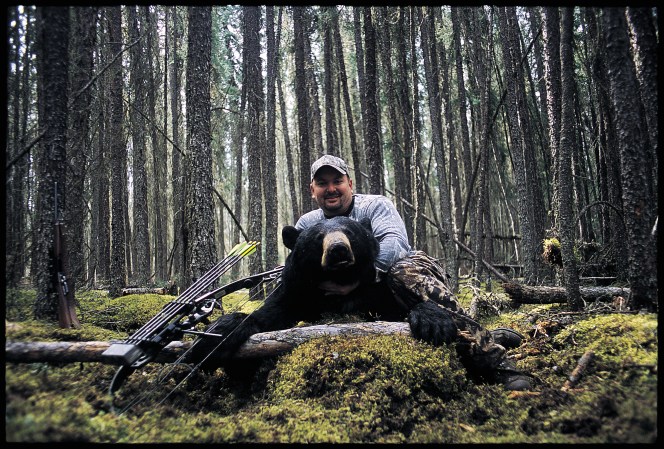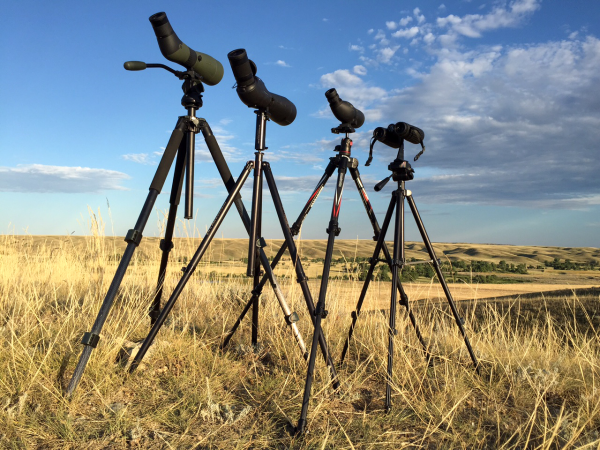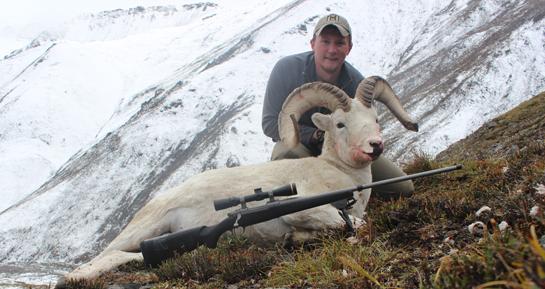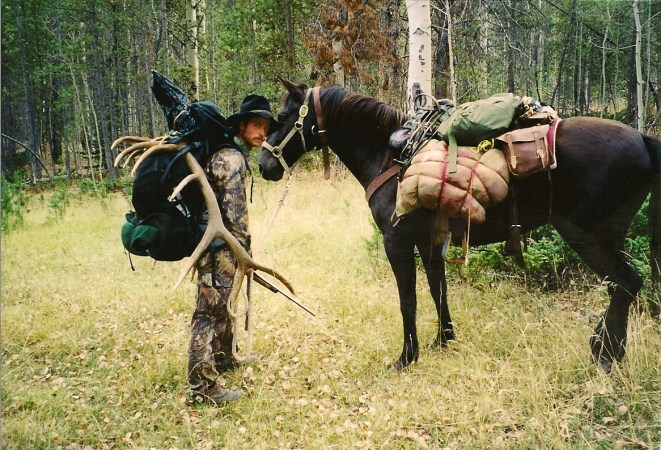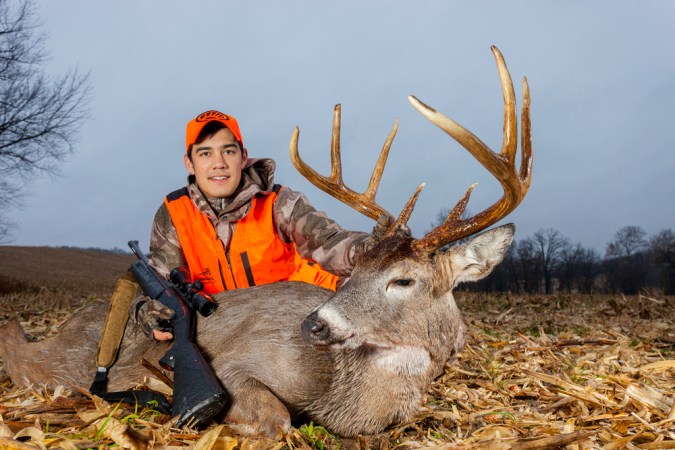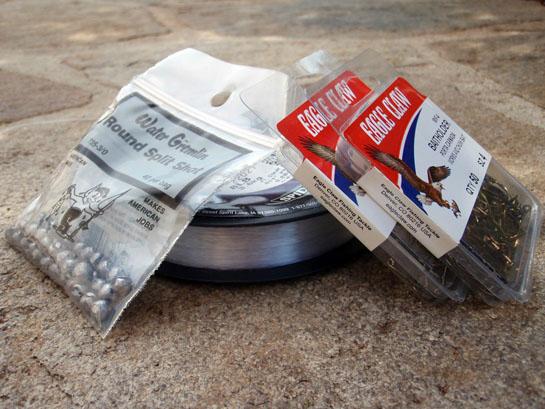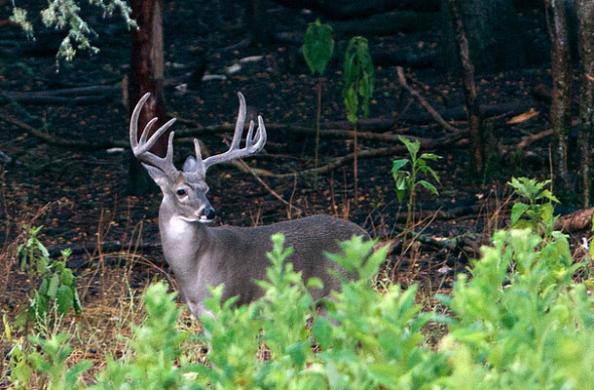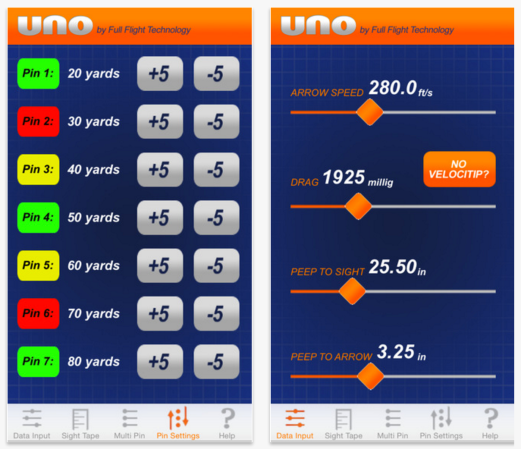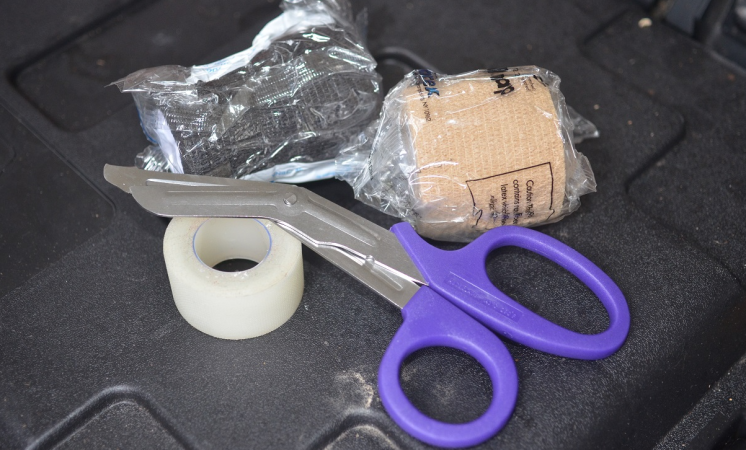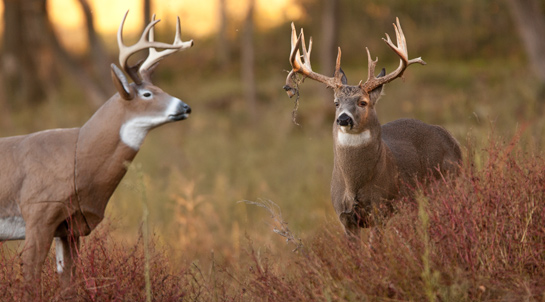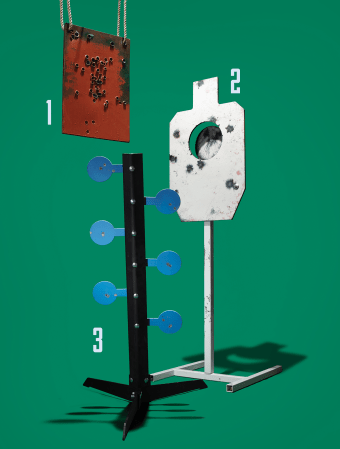We may earn revenue from the products available on this page and participate in affiliate programs. Learn More ›
Because my elk-hunting strategy is to go hard and light, I look for every ounce I can shave from my kit.
I scrimp on food and overnight gear, so why would I add a heavy bow stabilizer to my compound bow, unless it was absolutely critical? That’s the context for my test of three different bow stabilizers on three different types of bows. And my conclusion after 1,200 arrows: If you are a walkabout bowhunter who keeps shots inside 40 yards, you might not need a bow stabilizer, and certainly not a long or heavy one.
This is a surprising conclusion, especially since the archery industry insists that a stabilizer is an essential part of any hunting bow. But my study indicates that unless you shoot in a heavy crosswind, prefer an ultra-light bow, or stretch your shots out beyond 40 yards, this is an optional accessory.
Assessing Stability
Stabilizers add forward weight to a bow, balancing it in hand and, because of the additional mass, absorbing some of the vibration that is produced by the power stroke of the bow.
Some claim that a bow stabilizer will also reduce noise. However, my experiment, in which I measured the noise output of bows both with and without a stabilizer, indicates only a minimal reduction in noise.
The real value of stabilizers is the weight they add to a bow. In this way, they are like barrel weight in a rifle. The heavier the barrel, the more the gun stays on target. This is why benchrest shooters use bull-barreled rifles, and it’s why Olympic archers shoot bows with long, heavy stabilizers. But neither group has to hump their gear over steep or difficult terrain.
The Test
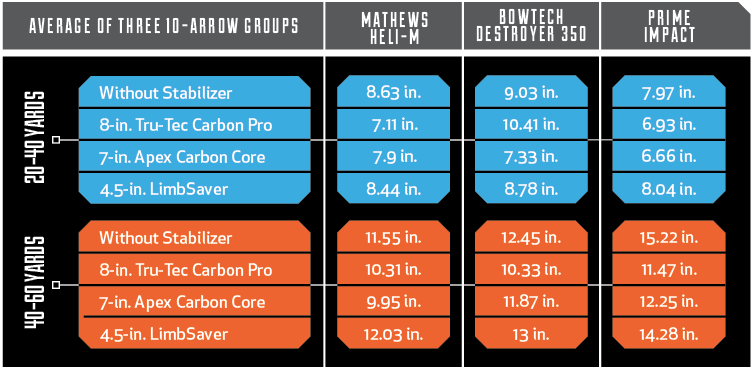
I shot three bows of different weights and dimensions with three different stabilizers and with no stabilizer at all at 10-yard increments from 20 to 60 yards. I measured the size of three 10-arrow groups at each distance, for a total of 120 groups.
Some noteworthy conclusions:
Many of my target sessions were in crosswinds blowing in excess of 30 mph. In stiff winds, I always shot more accurately with a stabilizer, and my accuracy in wind was directly proportional to distance.
Stabilizers had the most effect on accuracy and noise reduction on my 3.5-pound Mathews Heli-M and the least effect on my 4.5-pound Prime Impact. In between was the 4.3-pound Bowtech.
There was no statistically significant difference in accuracy between stabilized and unstabilized bows inside 40 yards. From 40 to 60 yards, stabilized bows shot 10 percent more accurately than unstabilized bows.
That final conclusion is important. Accuracy is improved by a stabilizer, and if you’re hunting from a treestand or a ground blind, or in a situation where weight isn’t a consideration, you should use a stabilizer to maximize your accuracy. But in highly mobile hunting situations, where weight can mean the difference between getting on game or not, then a stabilizer can be considered elective.
Test Notes: Field tips on 29 ½-inch, 350-grain arrows. Bows pulled 58 pounds at 29 inches and were shot with and without attached quivers.

